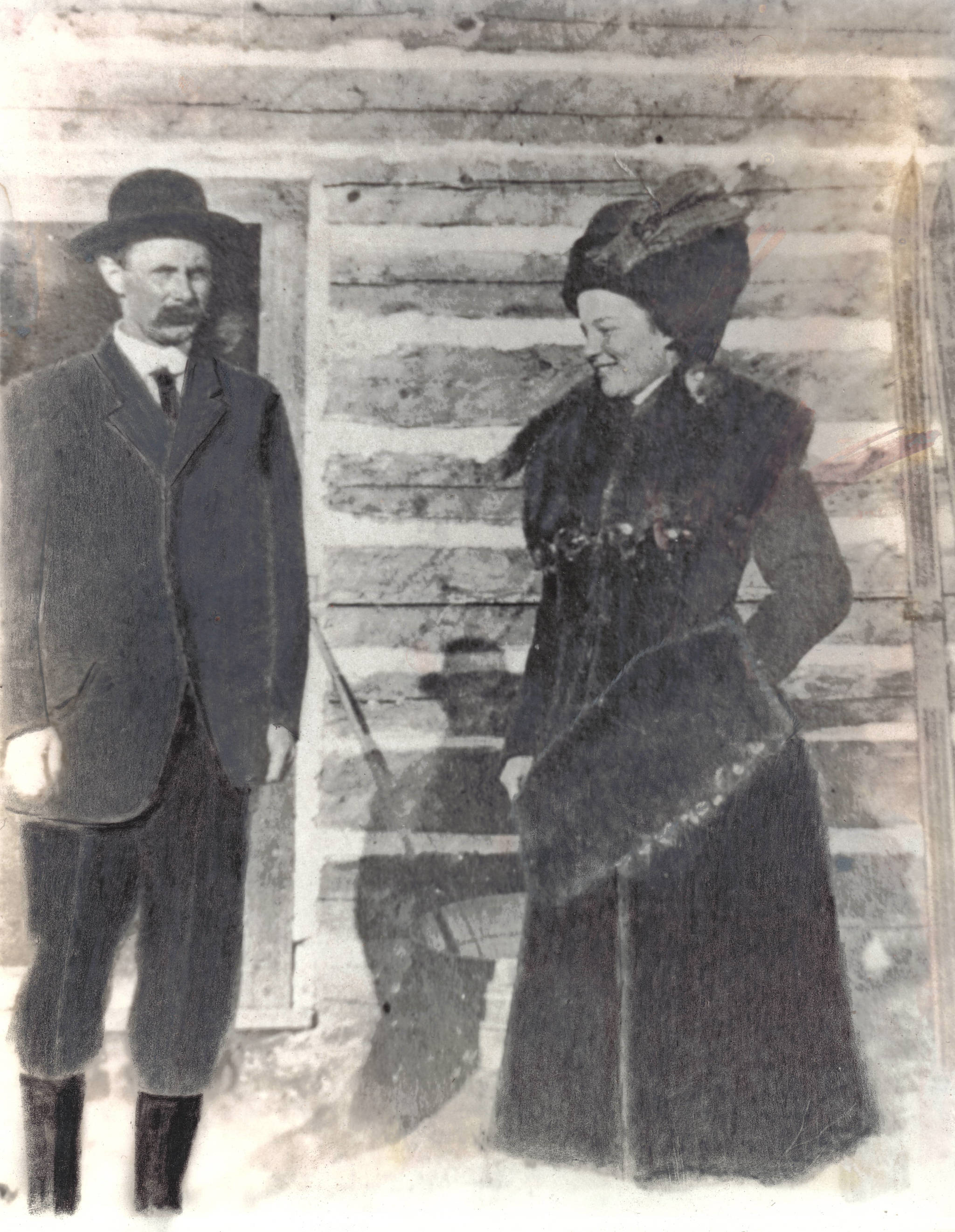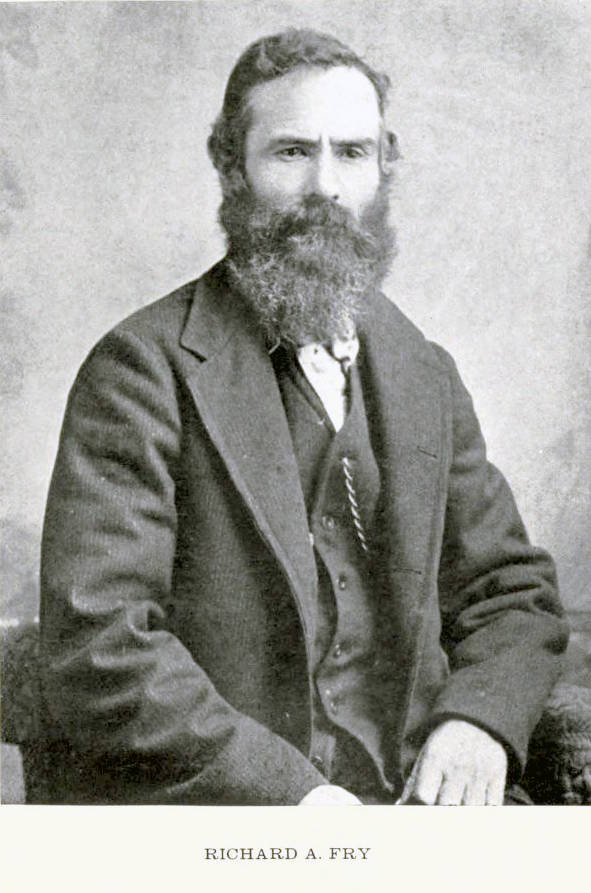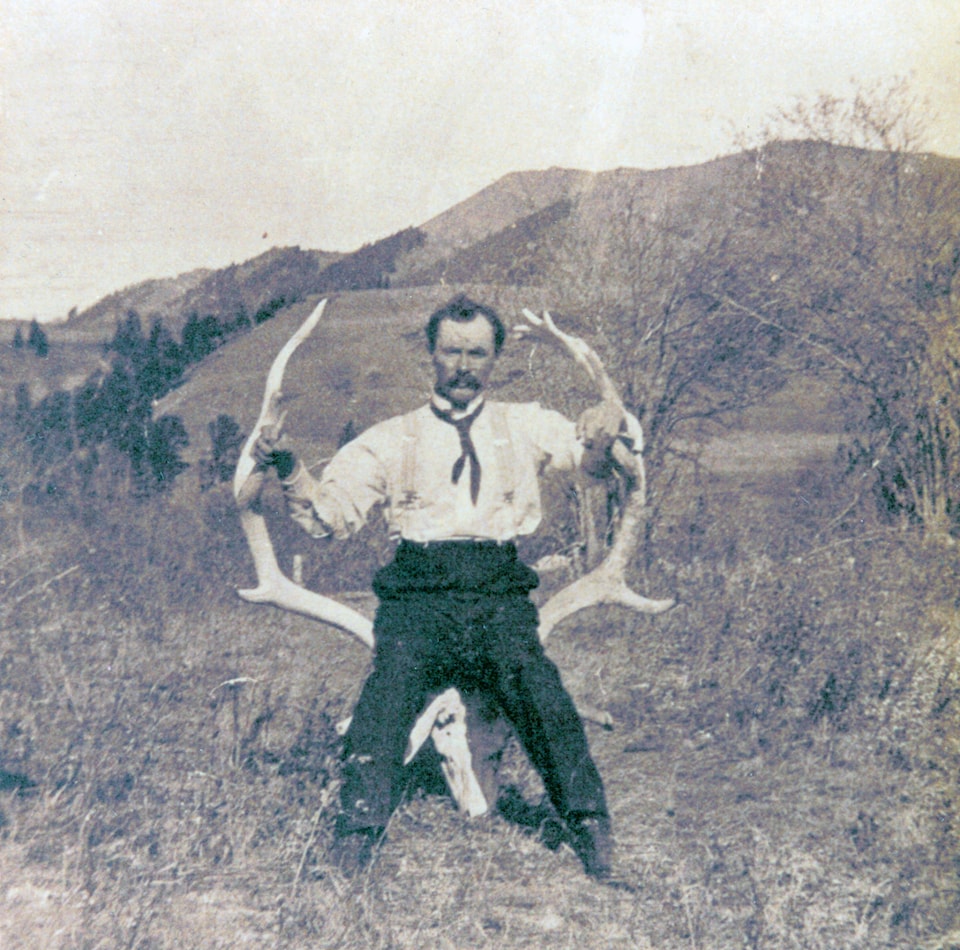Two hundred twenty-fourth in a series on West Kootenay/Boundary place names
FISHERMAN
This siding on the Columbia and Western Railway, about six miles west of Grand Forks, was named for Fisherman Creek which flows east into the Granby River.
The creek was first mentioned in the Midway Advance of Nov. 14, 1894: “Seven men are at work on the Summit camp for Mr. W.T. Smith. The new cabins and shaft house have been completed and a good trail is being cut out down to the mouth of Fisherman creek, a distance of six miles. This will give the camp an outlet by the north fork of Kettle river.”
However, the creek name wasn’t officially adopted until 1956.
The earliest mention of the railway station is in the Minister of Mines report for 1900, dated March 11, 1901: “Quite recently a short switch was put in on the Columbia and Western Railway, its location being on the Grand Forks side of Eholt and between the latter place and Fisherman station.”
The ghost town of Niagara was built in 1898 at the confluence of Fisherman Creek and the north fork of the Kettle River.
FRY CREEK
This creek flows into the northeast end of Kootenay Lake, south of Johnsons Landing, and in the 1910s was also the name of a settlement.
It’s believed to be named for prospector, trapper, and entrepreneur Richard Amherst Fry (1838-98) and was first mentioned as the Fry River in George W. Dawson’s 1889 Report on a Portion of the West Kootanie [sic] District, British Columbia: “Fry River, seven miles and a half from the north end of the lake on its east side, and Caslo River, 18 miles from the same point on the opposite side, are the only other important affulents in the northern half of the lake.”
The next mention, in the Ainsworth Hot Springs News of Oct. 31, 1891, demoted it to a creek. The paper gave the location of the King mining claim as “north of Fry creek on the east shore of Kootenay Lake.”
Richard Fry was born in Illinois and came to Oregon with his parents as a boy. In 1860 he married Justine Soqu’stik’en (1842-1918), the daughter of a Sinixt chief, and ran a store at the confluence of the Pend d’Oreille and Columbia rivers — what’s now Waneta. He also placer mined Forty Nine Creek near present-day in Nelson from 1867-69.
Many years later, Edgar Dewdney said he met Fry during construction of the trail that would bear Dewdney’s name. The encounter happened near present-day Ainsworth.
“He was standing on the shore industriously showing a crowd of Indian children how to shoot with a bow and arrow … He told me his name was Dick Fry, the first prospector to find gold on the Pend d’Oreille river. He was practically living in exile, having fled with his Indian wife from the vengeance of a tribe of Indians, who had a few months previous massacred a small party of miners, but through the agency of his [wife] had spared his life.”
In the 1870s, Dick and brother Martin ran a ferry and trading post at Bonners Ferry, Idaho and a stage line from Walla Walla, Wash. to Wild Horse in East Kootenay. When silver was discovered on Toad Mountain in the 1880s, they packed ore down to Kootenay Lake.
The earliest mentions of Fry Creek as a settlement are in the Nelson Daily News of April 21, 1911: “J.R. Milligan of Purple Springs, Alta. has two teams and a gang of men clearing 40 acres of fruit land, purchased from Walter Gardiner at Fry creek … Surveys for the government road at Fry creek from Houston’s landing are completed and 12 men will start road building on Monday next.”
The 1911 census found Fry Creek had a population of 12: one blacksmith, a road gang of ten, and a cook. The Kootenaian of Oct. 16, 1913 noted Fry Creek residents were thinking about petitioning for a post office, but no such office ever opened. The 1915 civic directory listed rancher Patrick Keogan as the sole resident. It was still listed as a steamer landing from 1918-23, but the residents were all under Johnsons Landing. The 1921 census also regarded Fry Creek as part of Johnsons Landing.
During the 1910s, the infamous Fred (Honeymoon) Harris sold dubious fruit land here that he dubbed Fry Creek Gardens.
GARDNERS LANDING
This is another spot on Kootenay Lake’s east shore near Johnsons Landing, named after farmer Walter James Gardner (1877-1938), mentioned above.
According to his sister-in-law Gladys Jones in Where the Lardeau River Flows, Gardner (or Gardiner) bought 200 acres before 1909 and moved there a few years later with his bride Jenny Rowe.
Only a few contemporary references have been discovered, one in The Kootenaian of Dec. 21, 1911 to “P.J. Keogan of Gardiner’s Landing” and the other in the same paper on May 23, 1912: “Wm. Holmgren of Gardner’s Landing was a visitor in Kaslo on Monday.”
The 1911 census showed Gardners with a population of five, although Gardner himself appears to have been absent, as his household was listed as vacant.
Gardiner Landing, by that spelling, was an official steamer landing on the CPR timetable no later than June 1, 1913. In the 1915 civic directory, the only resident was Donald B. MacDonald. In 1918, it was included as a steamer landing but residents were all listed under Johnsons Landing.
On the 1921 census, Walter was recorded at Johnsons Landing his wife, infant daughter Margaret, and teenage sisters-in-law Ethel and Mabel. Walter died in Kaslo. His old home was torn down in 1983.


